All Images
Research News
Lyme Disease: Ten things you always wanted to know about ticks...
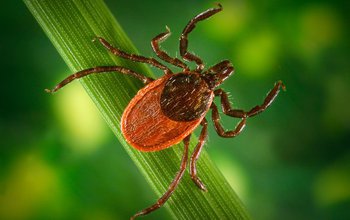
May is Lyme Disease Awareness Month: Do you know where the ticks are?
Credit: NASA
Download the high-resolution JPG version of the image. (756.0 KB)
Use your mouse to right-click (Mac users may need to Ctrl-click) the link above and choose the option that will save the file or target to your computer.
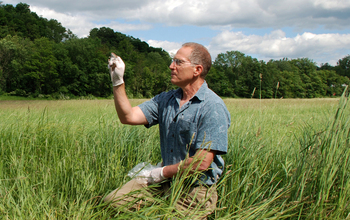
Rick Ostfeld holds a white-footed mouse in a Lyme disease hotspot: N.Y.'s Hudson Valley.
Credit: Cary Institute for Ecosystem Studies/Pamela Freeman
Download the high-resolution PAMELAFREEMAN_FA2865AD-AF80-4C32-9B1F-E6D692FCAC0A version of the image. (3.2 MB)
Use your mouse to right-click (Mac users may need to Ctrl-click) the link above and choose the option that will save the file or target to your computer.
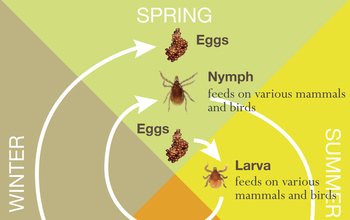
From nymphs to larvae to adults, ticks are looking for meals.
Credit: Cary Institute for Ecosystem Studies/Leslie Tumblety
Download the high-resolution LESLIETUMBLETY version of the image. (641.5 KB)
Use your mouse to right-click (Mac users may need to Ctrl-click) the link above and choose the option that will save the file or target to your computer.
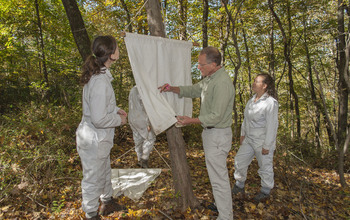
To crack the case of Lyme disease, scientists inventory ticks on a drag cloth.
Credit: Cary Institute for Ecosystem Studies/Sam Cillo
Download the high-resolution SAMCILLO version of the image. (2.5 MB)
Use your mouse to right-click (Mac users may need to Ctrl-click) the link above and choose the option that will save the file or target to your computer.
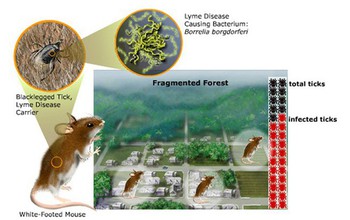
People are more likely to get Lyme disease in fragmented forests.
Credit: NSF, Nicolle Rager-Fuller
Download the high-resolution JPG version of the image. (67.3 KB)
Use your mouse to right-click (Mac users may need to Ctrl-click) the link above and choose the option that will save the file or target to your computer.
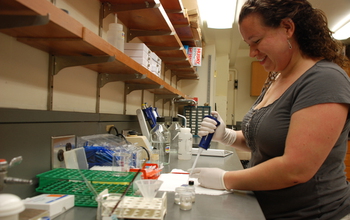
From the field to the lab, disease ecologists are discovering where and how Lyme disease happens.
Credit: Cary Institute for Ecosystem Studies/Pamela Freeman
Download the high-resolution PAMELAFREEMAN version of the image. (3.4 MB)
Use your mouse to right-click (Mac users may need to Ctrl-click) the link above and choose the option that will save the file or target to your computer.


